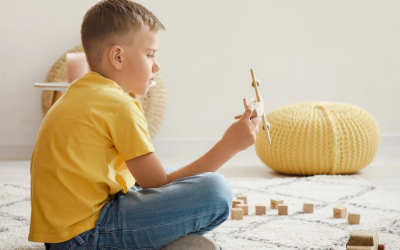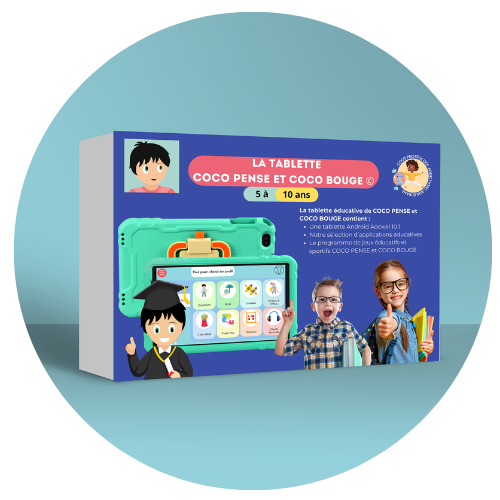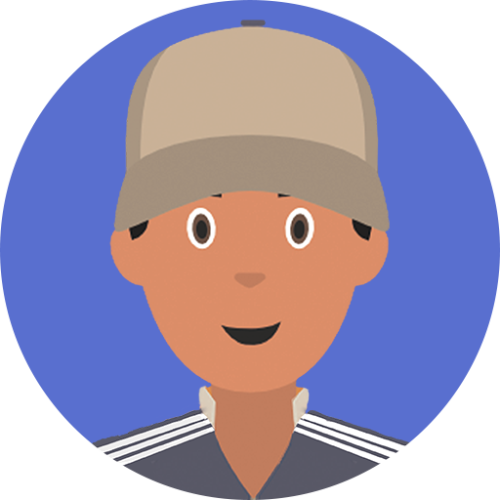Parents of children with Autism Spectrum Disorders (ASD) can overcome difficulties in many ways. No parent is ready to hear that their child has autism. For parents, an ASD diagnosis can be frightening and confusing at first. They may face conflicting treatment advice from friends and family members. When a child is first diagnosed with Autism Spectrum Disorder (ASD), parents often wonder what happens next. And that’s normal.
When you’re the parent of a child with autism, these tips can help.
Learn more about autism
Parents should proactively seek to expand their understanding of autism spectrum disorders (ASD) to better support their child’s needs. Recognizing that autism is a manageable condition is a crucial first step. Therefore, it’s beneficial for parents to actively seek out reliable information about ASD through various sources, such as reputable websites, books, and online forums.
Connecting with other parents who have firsthand experience navigating the challenges of autism can provide valuable insights and support. Learning about available treatments and interventions is essential for making informed decisions about the best course of action for your child.
Seeking guidance from healthcare professionals and autism specialists ensures access to expert advice tailored to your child’s unique needs. By proactively educating themselves and seeking support from knowledgeable sources, parents can empower themselves to provide the best possible care and support for their child with autism.
Become an expert
Delving deeply into understanding the triggers of challenging or disruptive behaviors in your child with autism is imperative. This entails examining a multitude of situations and interactions to grasp the nuances of what may prompt a negative reaction from your child. For instance, closely observe situations where they might feel overwhelmed, such as in large social gatherings or noisy, crowded environments. Also, pinpoint moments where they seem to experience anxiety or frustration, such as during transitions between activities or locations.
- Simultaneously, it is equally crucial to learn how to elicit positive responses from your child. This involves focusing on instances where they react favorably and understanding what contributes to these responses. For example, take note of activities or environments where they appear most relaxed and engaged, and seek to replicate those conditions as much as possible.
- Take the time to identify stressors, fears, and discomforts that could be contributing to their challenges. These may include specific situations, certain textures or sensations, or even minor changes in their daily routine. By understanding these aspects, you can offer solutions that bring comfort and enjoyment to your child. For instance, you may discover that they find clothing with irritating tags uncomfortable, so you might opt for tagless clothing to alleviate their discomfort.
- Explore creative strategies to address the difficulties your child faces. This may involve creating visual routines or reward systems to encourage positive behaviors or introducing soothing sensory activities for times of sensory overload. By finding approaches tailored to their individual needs, you can help your child overcome challenges in a positive and constructive manner.
- Lastly, through proactive observation and thoughtful intervention, you can truly support your child in managing their behaviors and fostering long-term positive outcomes. By investing time and energy into gaining a thorough understanding of their unique experiences and needs, you contribute to creating a nurturing and stimulating environment that promotes their overall growth and development.
Be observant
As a parent of a child with autism, it’s crucial to be attuned to the various non-verbal cues and actions they use to communicate their needs. These cues can manifest in a multitude of ways, from subtle sounds to distinct gestures and facial expressions. For instance, your child may produce different sounds to express hunger, discomfort, or excitement. By actively listening and paying attention to these sounds, you can gain insights into their emotional state and immediate needs.
Moreover, observe your child’s gestures and facial expressions; as they often provide valuable clues about their desires and preferences. For example, if your child reaches out for a specific object or points towards something they want, it indicates their interest or desire for that item. Similarly, their facial expressions may convey a range of emotions, such as joy, frustration, or contentment. By closely observing these non-verbal cues, you can discern what your child is trying to communicate and respond accordingly.
For instance, if your child makes a particular sound or gesture when they are hungry, you can use this information to anticipate their needs and offer them food or snacks proactively. Likewise, if they exhibit signs of discomfort or distress through their facial expressions, you can provide comfort and reassurance to alleviate their distress.
By consistently recognizing and responding to your child’s non-verbal cues, you not only meet their immediate needs but also foster effective communication and strengthen your bond with them. This proactive approach demonstrates your attentiveness and empathy towards your child, enhancing their sense of security and trust in your relationship. Ultimately, by tuning into these non-verbal signals, you create a supportive and nurturing environment that promotes your child’s overall well-being and development.
Follow a routine
Children with Autism Spectrum Disorders (ASD) thrive in structured environments, finding comfort and predictability in routines that cater to their unique needs. Implementing fixed schedules for various activities is instrumental in providing this much-needed stability and reducing stress for them.
- For example, consistent meal times play a crucial role in regulating hunger-related challenges and promoting a sense of security; by establishing set meal times, parents can help their child anticipate and prepare for meals, minimizing anxiety associated with uncertainty about when they will eat.
- Similarly, scheduling therapy sessions at consistent times offers a reliable framework for progress and engagement in therapeutic interventions. Whether it’s speech therapy, occupational therapy, or behavioral therapy, adhering to a regular schedule ensures that the child receives consistent support and guidance from therapists, facilitating their development and growth.
- Moreover, maintaining a regular sleep routine is paramount for children with ASD, as adequate rest contributes to emotional regulation and overall well-being. Establishing a consistent bedtime and bedtime routine helps signal to the child’s body that it’s time to wind down and prepare for sleep, promoting better sleep quality and reducing nighttime disturbances.
- In addition to essential activities like meals, therapy, and sleep, integrating recreational activities into the schedule is equally important. Structured recreational activities provide opportunities for skill development in a fun and engaging manner. Whether it’s arts and crafts, outdoor play, or sensory activities, incorporating these activities into the schedule fosters creativity, social interaction, and overall well-being.
- By establishing a structured schedule that encompasses various activities tailored to the child’s needs, parents create a supportive environment that enhances their child’s development and reduces anxiety associated with unpredictability. This structured approach not only promotes a sense of security and stability for the child but also fosters their growth and overall well-being in the long run.
Set up a personal relaxation area
Establishing a private relaxation space within your home can greatly support your child with Autism Spectrum Disorder (ASD) in managing their emotions and finding comfort. This dedicated area serves as a sanctuary where they can retreat to feel safe and secure amidst the hustle and bustle of daily life. For instance, you might transform a corner of the living room into a cozy nook with a soft rug, plush cushions, and a favorite blanket, providing a comforting environment for your child to relax.
- Incorporating visual cues, such as colorful stickers or pictures depicting calming scenes or their favorite characters, can further enhance the ambiance of the space and help delineate it as their own. For example, you could adorn the walls with soothing nature images or photographs of cherished family moments, creating a personalized oasis tailored to your child’s preferences.
- Ensuring the safety of the area is paramount, especially if your child is prone to experiencing outbursts of anger or engaging in self-injurious behavior. Remove any potentially hazardous items, such as sharp objects, glass, or porcelain, from the vicinity, and replace them with soft, tactile materials that pose no risk of harm. Consider adding sensory-friendly elements, such as textured fabrics or stress-relief toys, to promote relaxation and tactile exploration.
- By establishing a designated “safe zone” within your home, you provide your child with a valuable coping mechanism for managing overwhelming emotions and sensory experiences; you can discover more about it by clicking here. This dedicated space not only offers a physical refuge but also serves as a tangible reminder of your unwavering support and understanding of their unique needs. Through thoughtful design and careful attention to safety, you create a nurturing environment where your child can find solace and recharge amidst life’s challenges.
Use an educational app
The use of educational applications and games for children with Autism Spectrum Disorders can be useful for social development and the development of their learning skills. Mobile technology has influenced almost all areas, including autism awareness and treatment. Some of the best applications you’ll find on the market include Coco. This is an application that offers nearly twenty educational games to work on attention, memory.
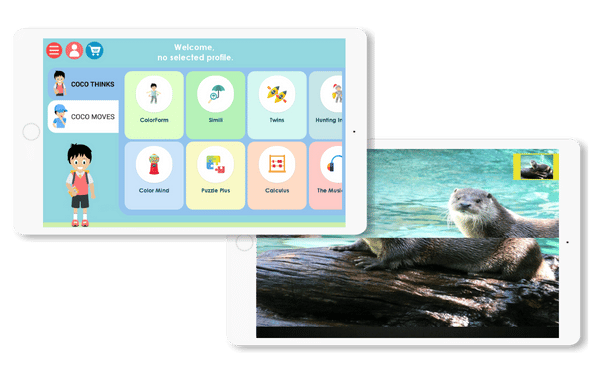
AN EDUCATIONAL AND PHYSICAL PROGRAM
With more than 30 educational games, the COCO THINKS and COCO MOVES app allow your children to woj on all the cognitive functions worked on at school and with health professionals.
The COCO app imposes a sports break every 15 minutes of screen time. To allow children to exercise, and then to be more concentrated!
Note that it is also possible to use the app with sports activities, to adapt the games to your child. Personalize his experience and teach him to concentrate.
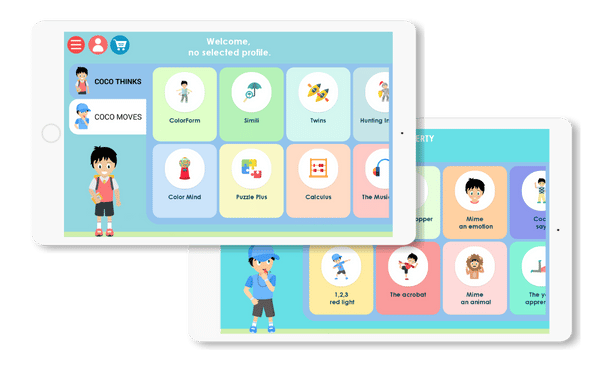
THE SPORT’S BREAK
In COCO MOVES, you will also find physical activities. Every 15 minutes of screen time the application stops and proposes physical games to the children.
This sports break has several advantages for children, especially if they have autism.
The use of screens is very useful and loved by children, but a prolonged use can become negative. With Coco, the child can take a dynamic break, so he learns to let go of the tablet to do a physical activity while having fun at the same time.
All physical activities are designed for children. With games of balance or dance the children learn to know their body and to adapt to the environment. For children with autism, this can be very useful to increase the known motor patterns and to have a better self-perception (especially when there is hypo or hypersensitivity).
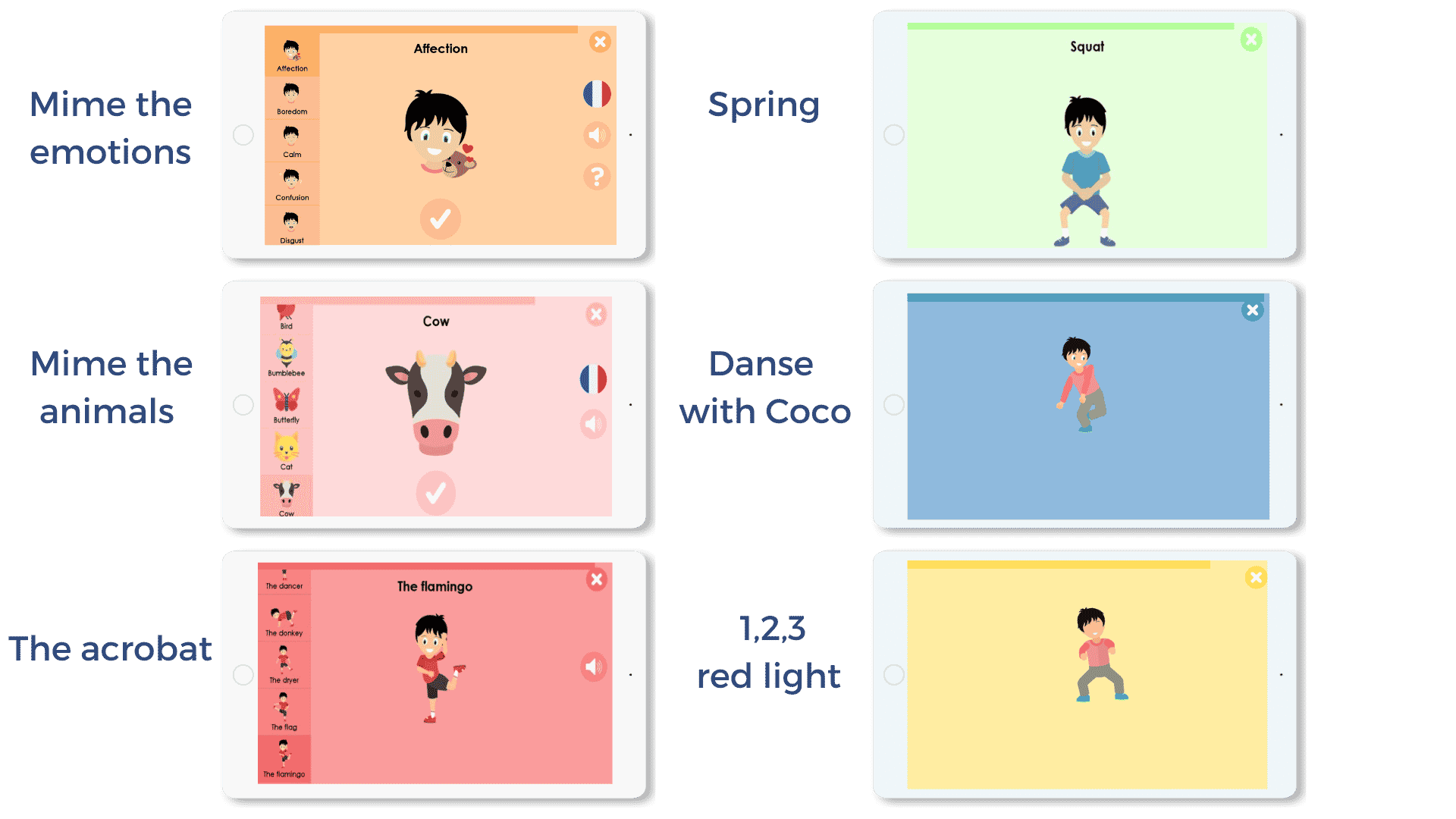
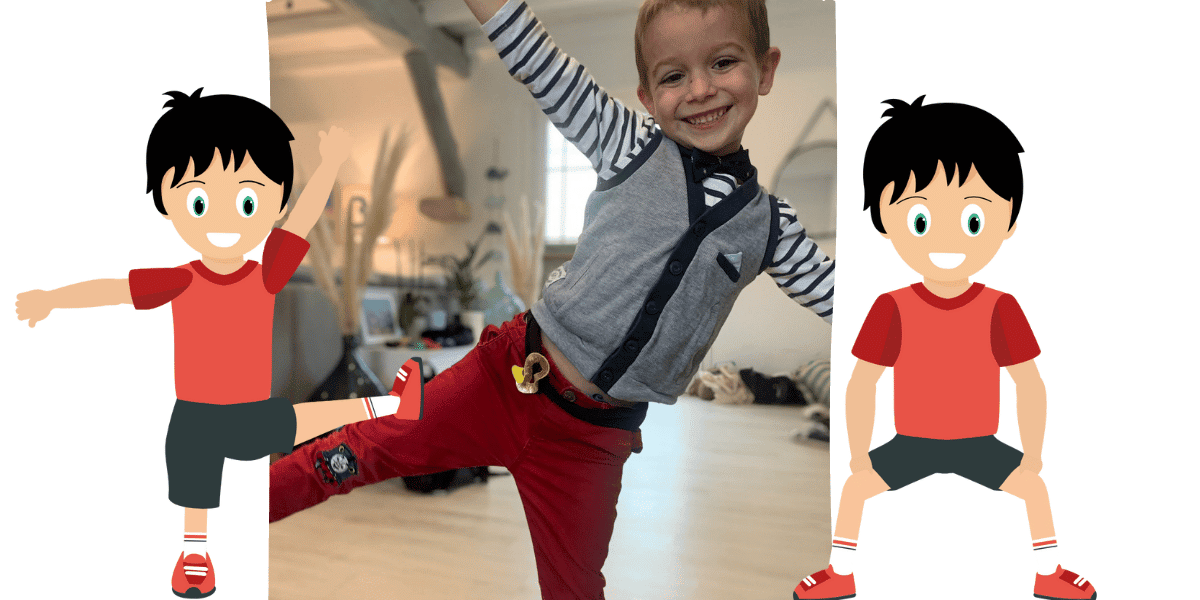
Other articles you might be interested in:
Using Technology to Enhance Communication in Autism Speech Therapy
Autism Spectrum Disorder (ASD) presents unique challenges in communication, making speech therapy an essential...
Effective Autism Behavior Therapy: Improving Outcomes
Autism is a complex neurodevelopmental disorder that affects individuals in various ways. It is characterized by...
Autism Therapy at Home: Effective Strategies
Autism Spectrum Disorder (ASD) is a neurodevelopmental disorder that affects individuals in various ways. It is...


